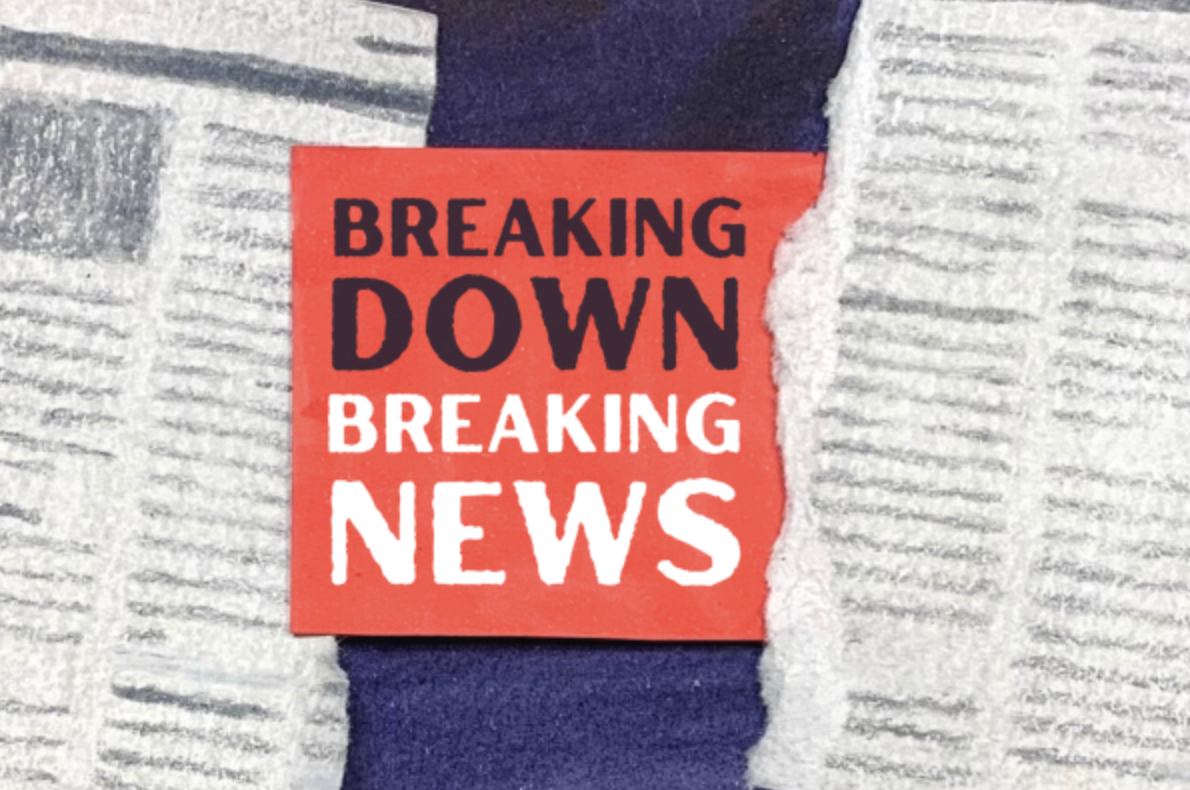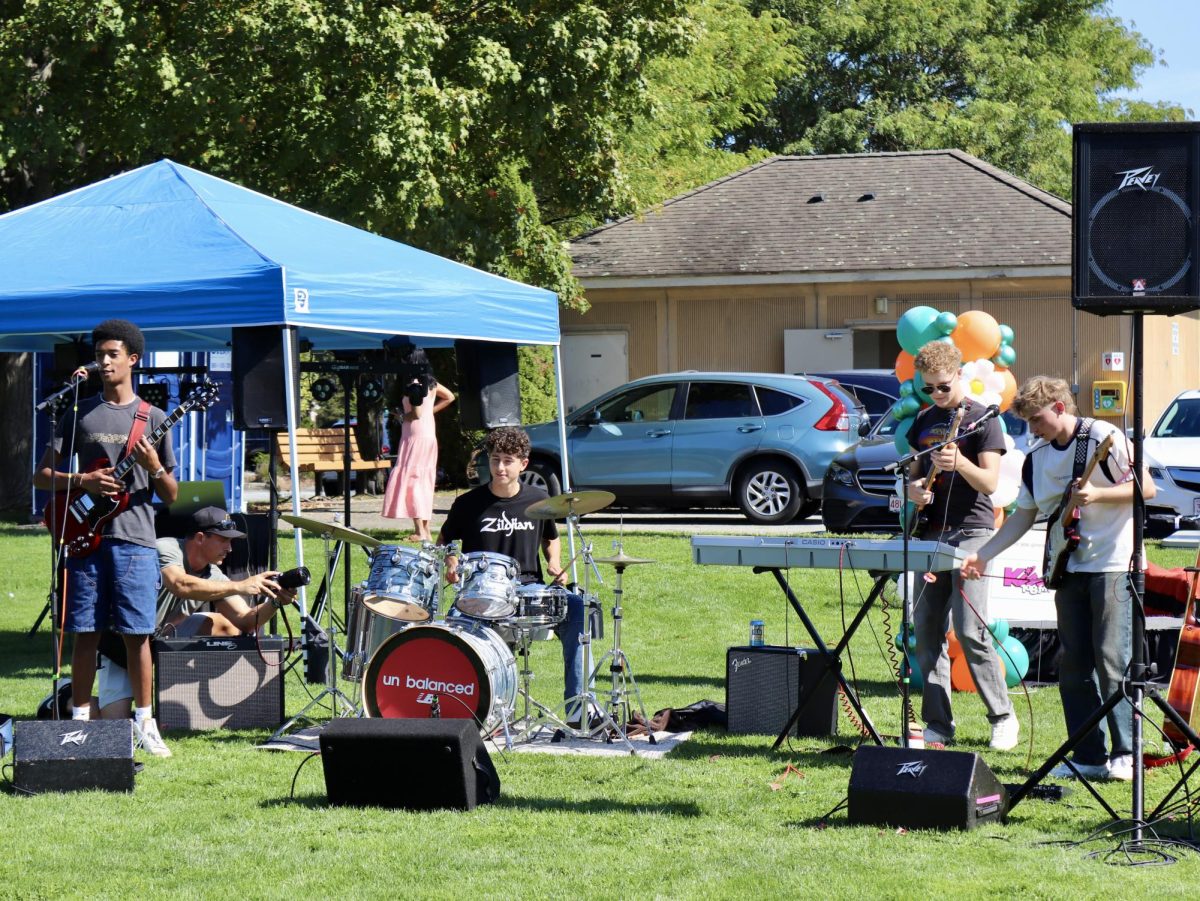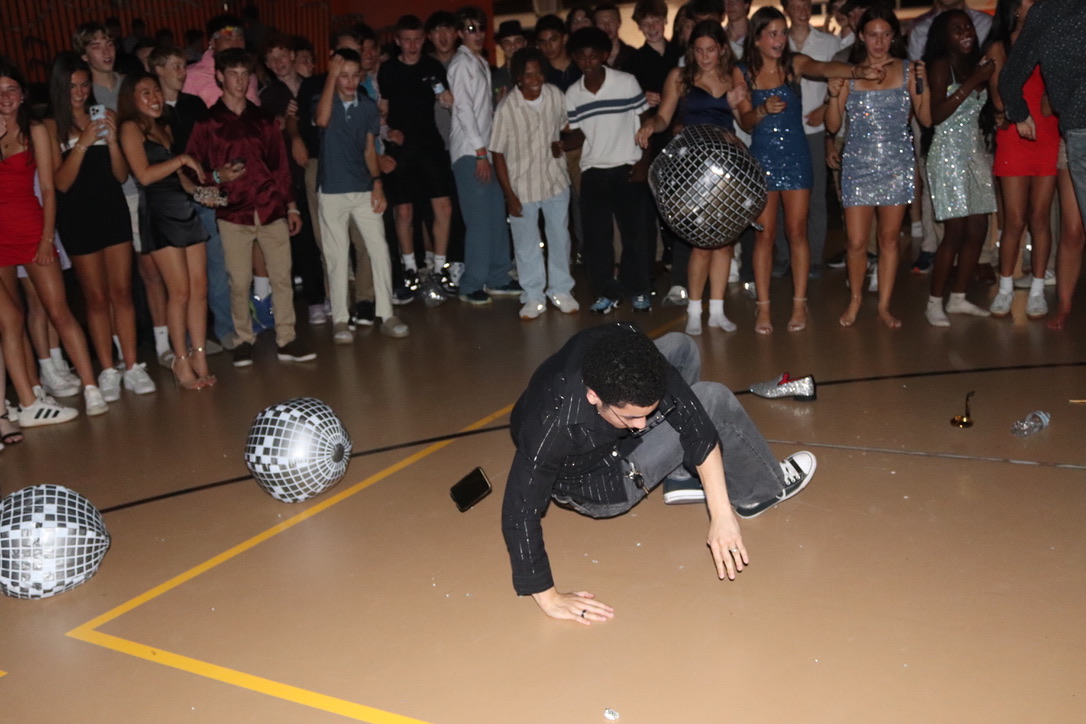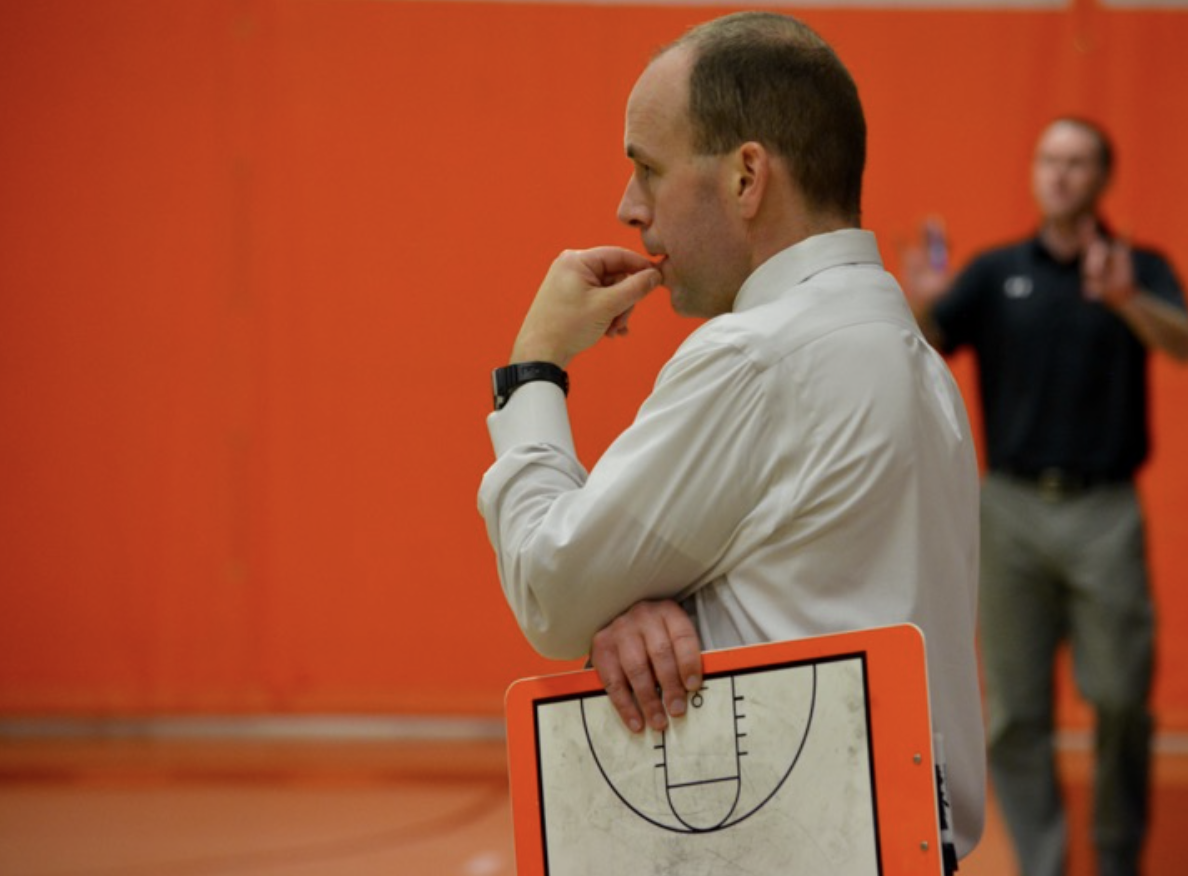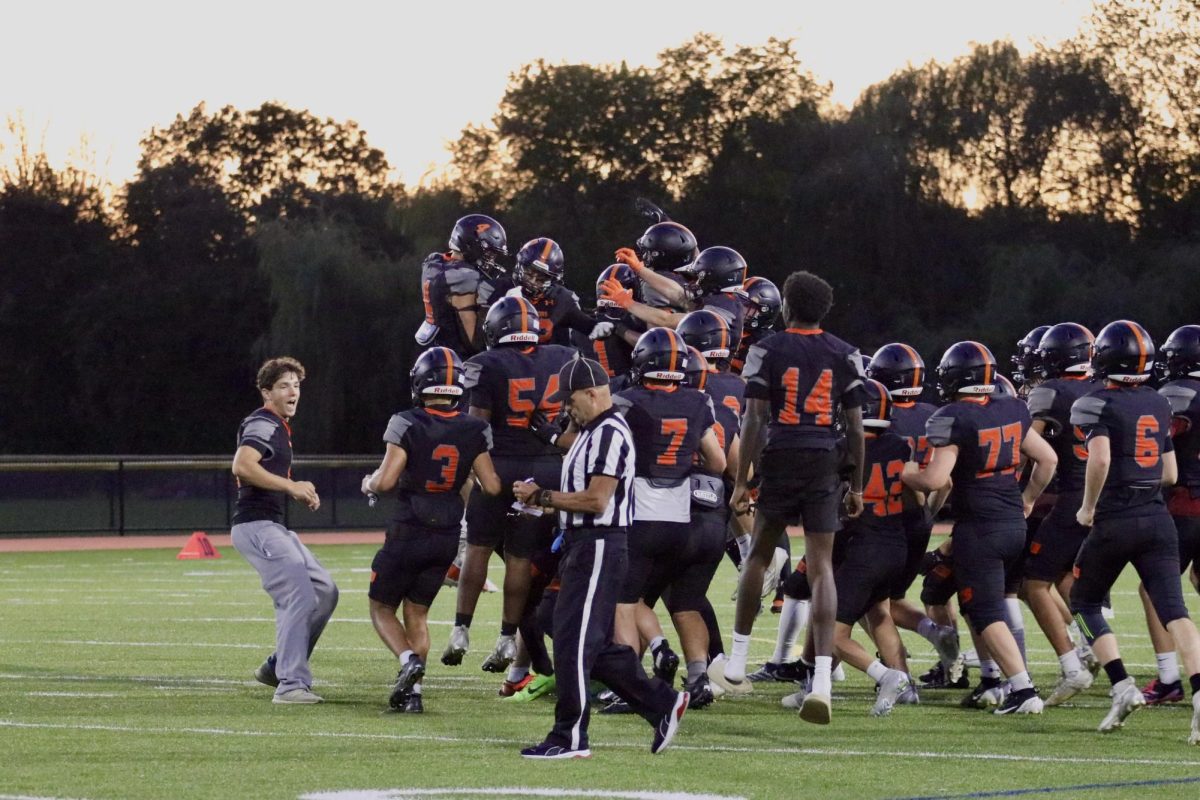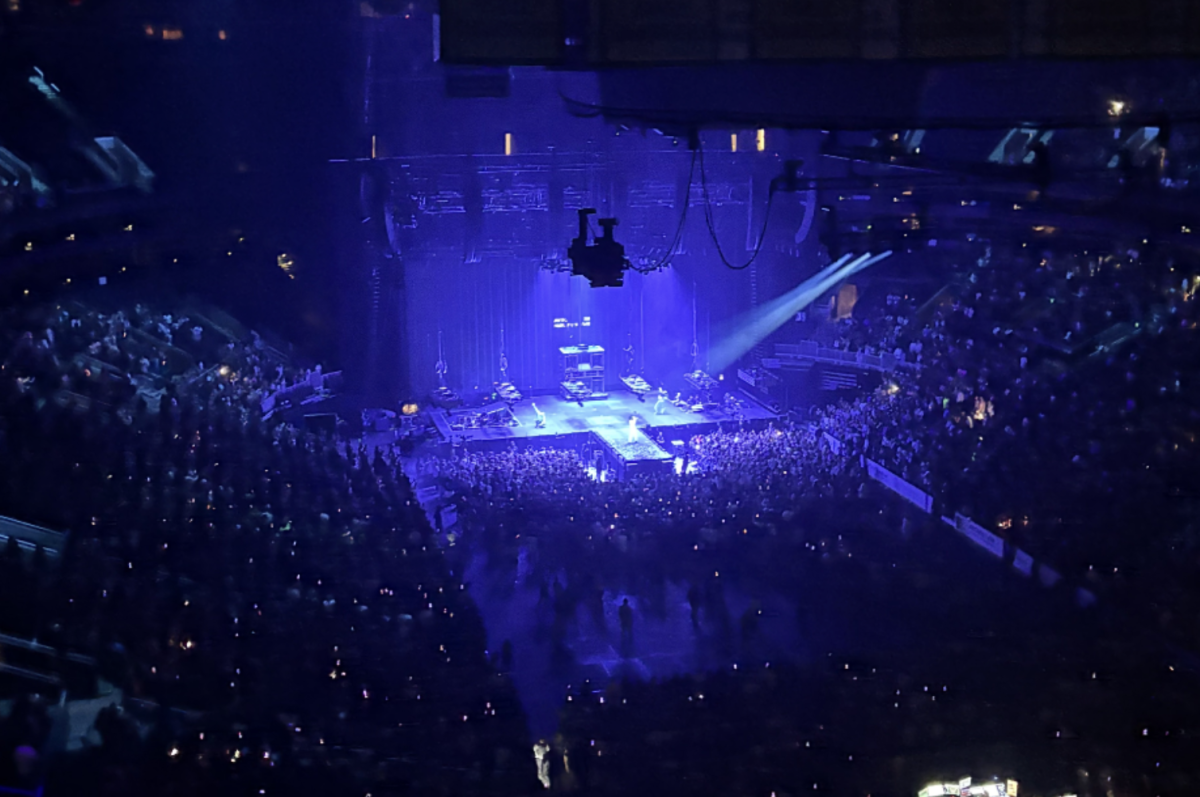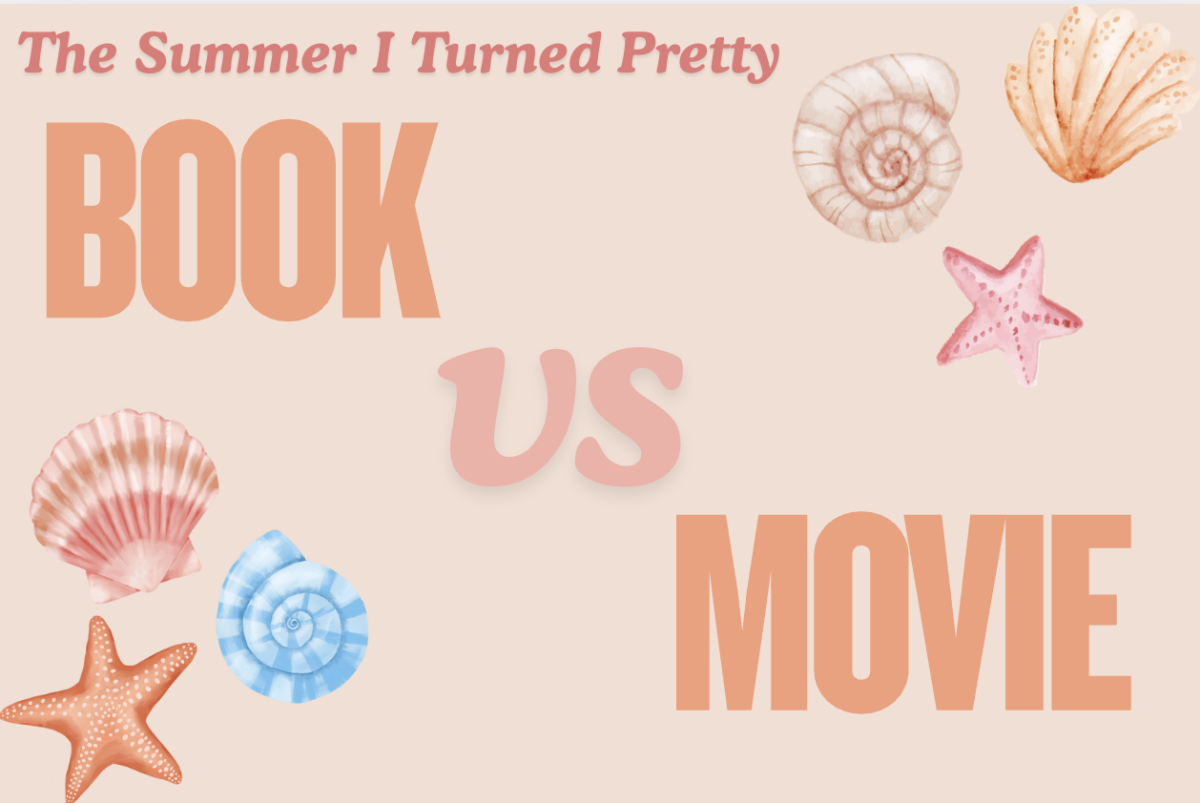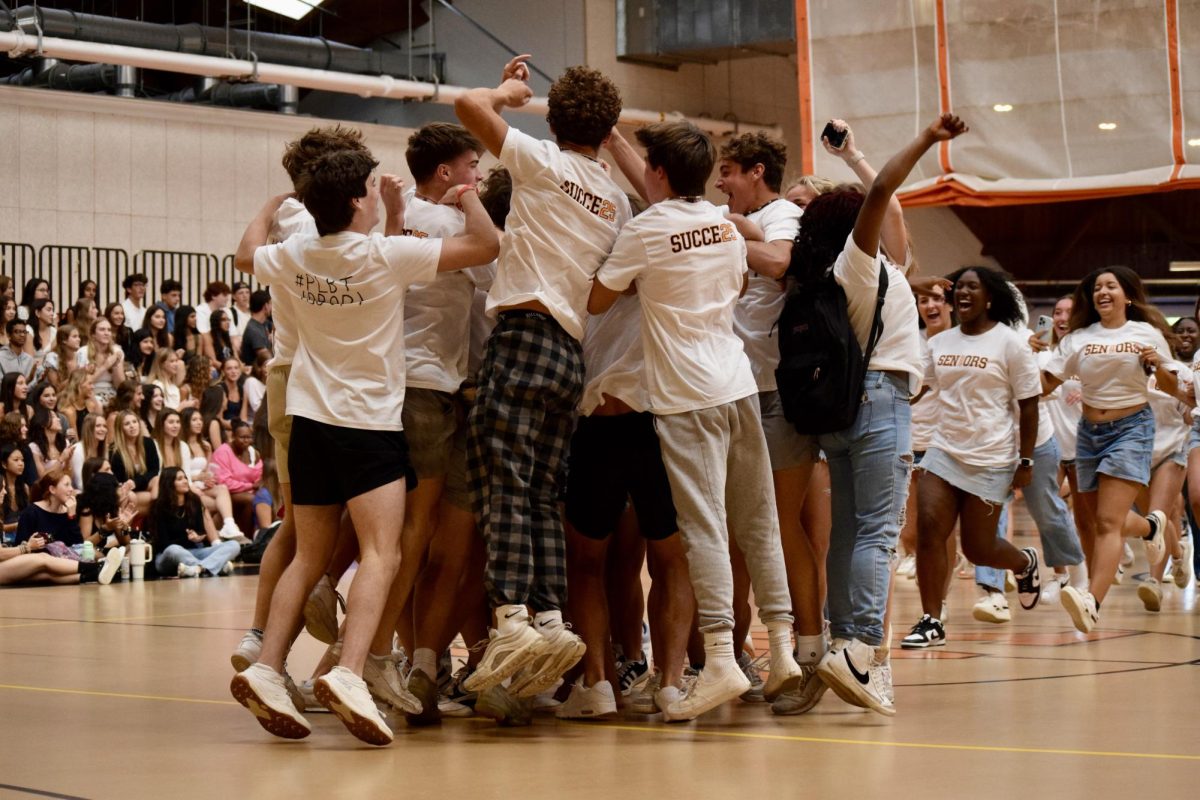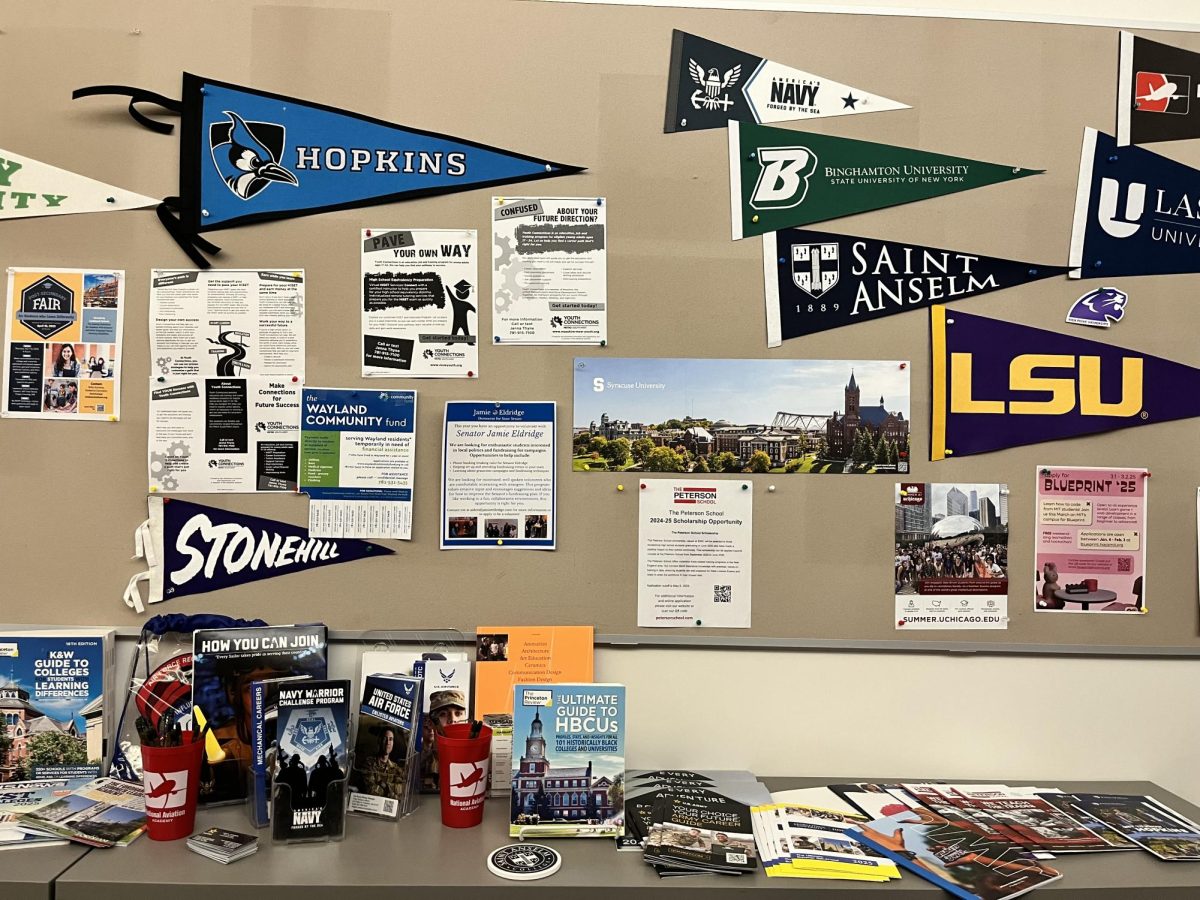
As diligent readers may have noticed, about a week and a half ago Garrett Levey posted a brief but poignant article about my recent trip to Antarctica. To satisfy the hordes of anxious students that are, I’m sure, very curious about the experience, I have tried to summarize my trip to the end of the Earth in five hundred words. Here goes.
I had the extraordinary opportunity to go with a company called Students on Ice to Antarctica from February 13th — 28th. While the general direction of our travel – south – seems simple, the airline route is a bit more complex. I took a plane to Toronto, where I met with the rest of the group. From there we flew to New York, then Santiago, Chile, then Buenos Aires, Argentina. We stayed there for a night, then left for Ushuaia, Argentina via El Calafate, Argentina, finally arriving at our final plane destination.
Ushuaia is on the Beagle Channel, a small passage of water (named after the ship of Darwin’s famous voyage) that leads to the Drake Passage, the bit of ocean between South America and Antarctica. We had to cross this passage on a ship. The Drake Passage is known as the roughest ocean in the world and has been given the apt nickname “The Drake Shake.” On lucky days, however, it can be calm.
We were never lucky. It took us two days to cross the ocean; two days of unrelenting tossing and turning. The lounge on the ship started looking like a war zone, with bodies littering the floor and couches and occasional groaning. The toilets were backed up (you can guess why), and the rolling of the ship would occasionally send toilet-water splashing into our bathrooms. Most of us lost weight during the crossing. You see, we were on the “Drake diet,” which is no food whatsoever.
I can’t paint a miserable enough picture of this particular part of the voyage, but trust me, our later activities made the crossing well worth it.
After two and a half days, our stamina and stomach muscles were rewarded with our first sight of land: Elephant Island, where explorer Ernest Shackleton established a base camp. We couldn’t make a landing, but seeing land after two days at sea was rewarding itself. We had arrived at Antarctica. The following days were filled with Zodiac rides (little inflatable boats), landings, leopard seals, and, of course, lots of penguins.
I could describe each of our landings and all of our activities, but you can look that up on the Students on Ice website (for reference, it’s http://www.studentsonice.com). Rather, I’m going to try to explain the “takeaway.”
Seeing Antarctica is like seeing an alien planet. For someone who hasn’t seen much of the “Great Outdoors,” it was astonishing for me to see the variety of a place that is so often classified as just a big chunk of ice. One island we visited (Deception Island) seemed almost like the surface of the moon. On another island, colorful lichens painted the gray rock in a way that seemed impossible on a land so otherwise dead.
Of course, I had an amazing time. The trip isn’t for everyone; the prohibitive price tag has seen to that. But the significance of Antarctica is something that everyone can appreciate. There aren’t many places on the planet that aren’t owned by somebody (though some countries will dispute that). Antarctica could have turned into a nuclear waste dump; in fact, it almost did. But it didn’t, despite the nuclear pressures of the Cold War. I think that’s kind of what makes it special: everyone realizes that we shouldn’t pollute it in the same way we have the rest of the world.
A photo gallery will be up very shortly, so my avid readers can get a better picture of what the experience was like. A picture is worth a thousand words, after all, but these words are as close as I can get to explaining what a wonderful and alien place the continent of Antarctica appeared to me.


![During the WHS club fair, senior Molly Bergeron is watching a student sign up for her club, Eliza J. Norton Foundation. In this club, students meet every week and come up with ideas to spread the message. "[This club] really touches a lot of people in the town," Bergeron said.](https://waylandstudentpress.com/wp-content/uploads/2025/10/IMG_1335-1200x800.jpg)
